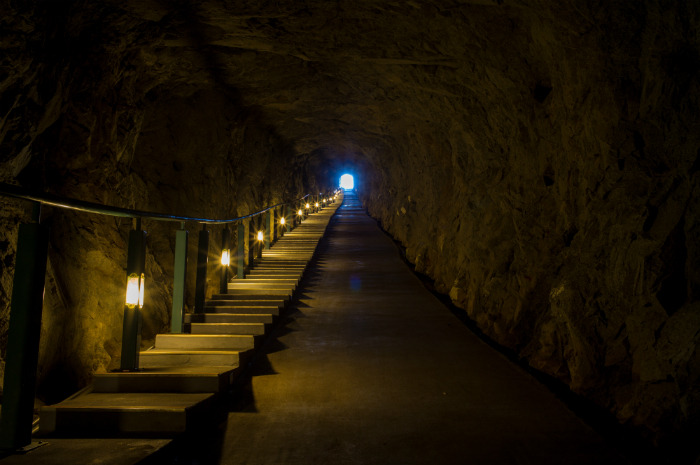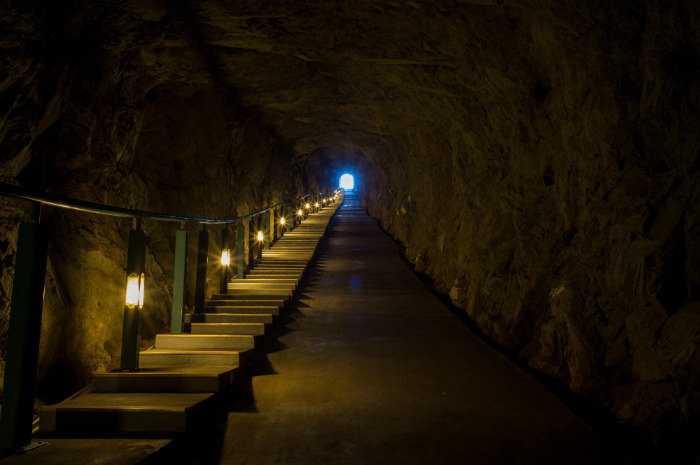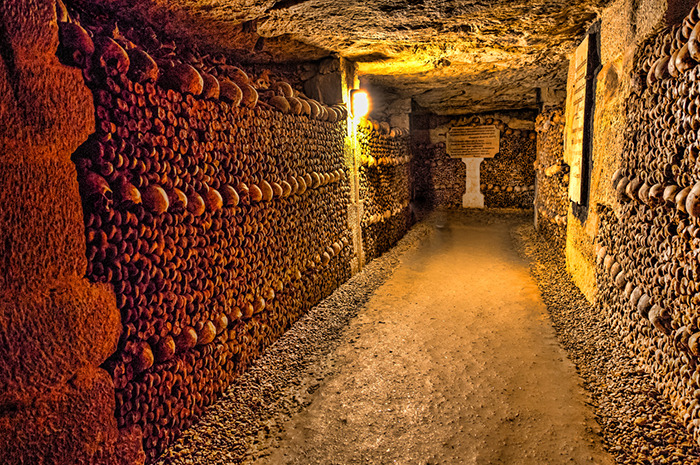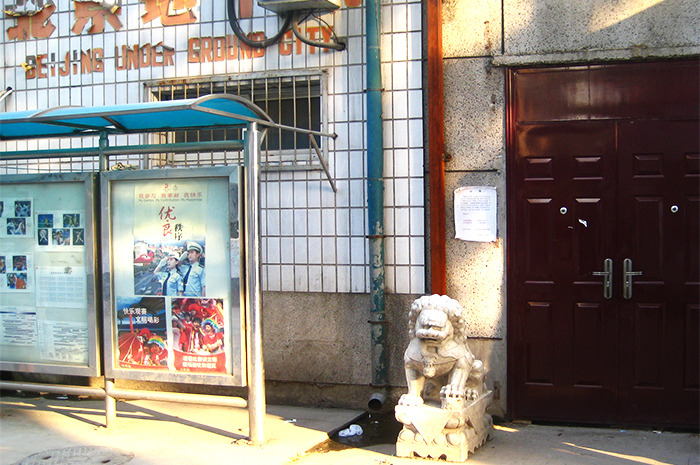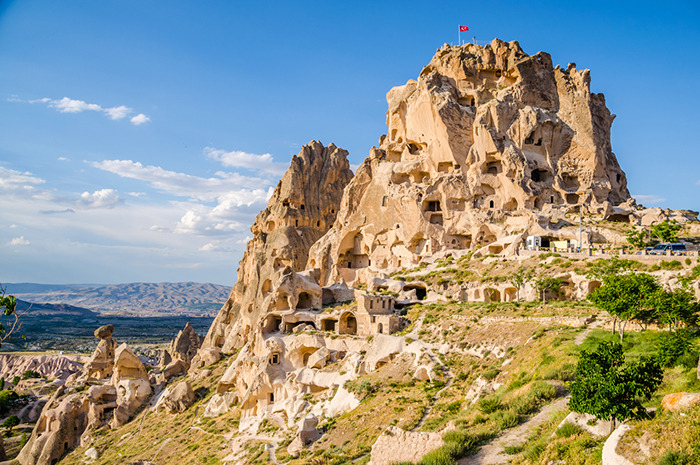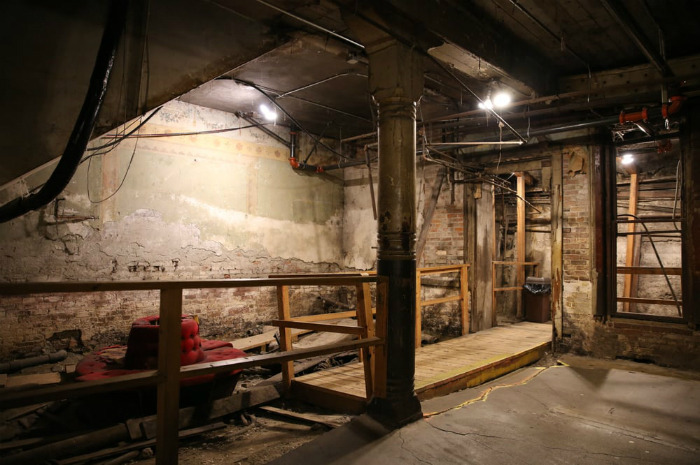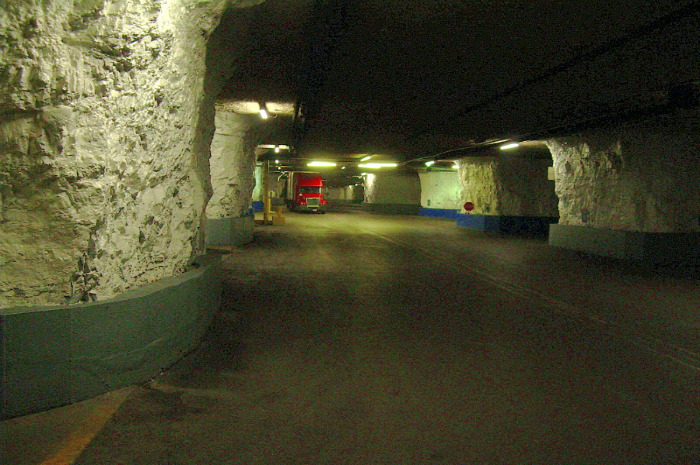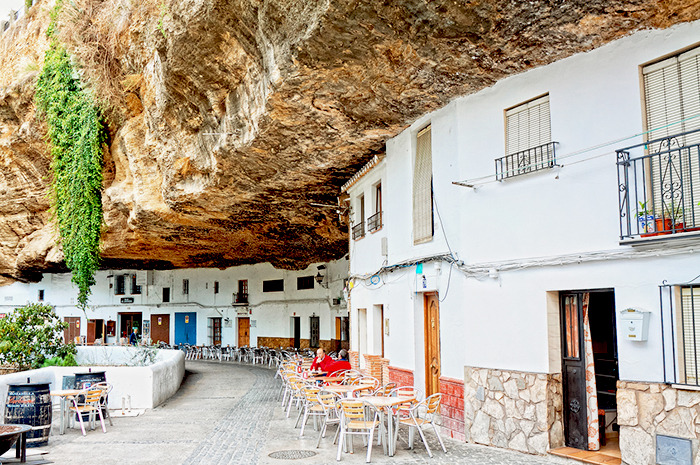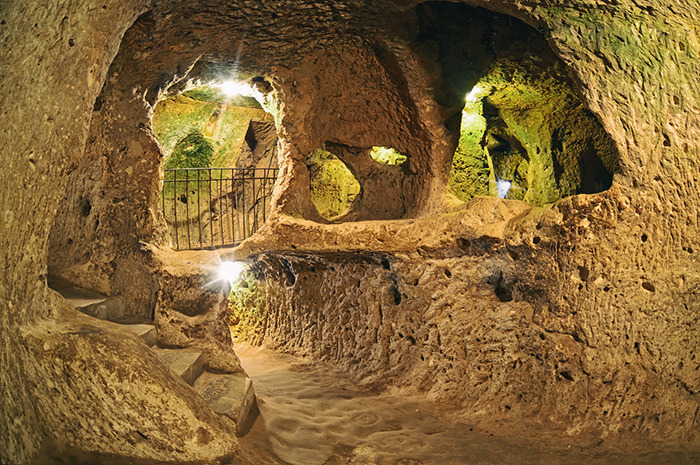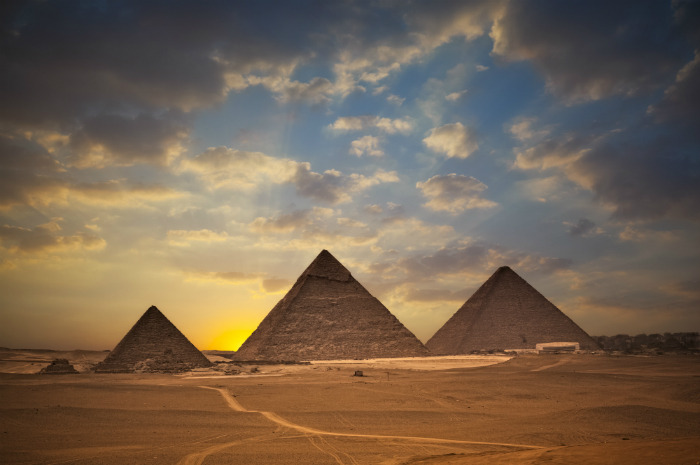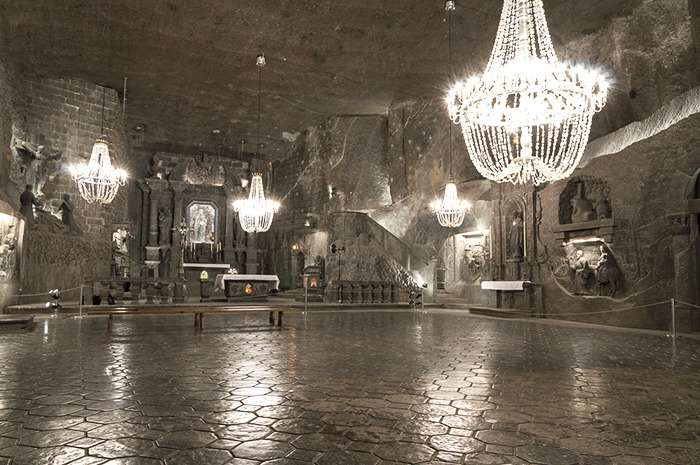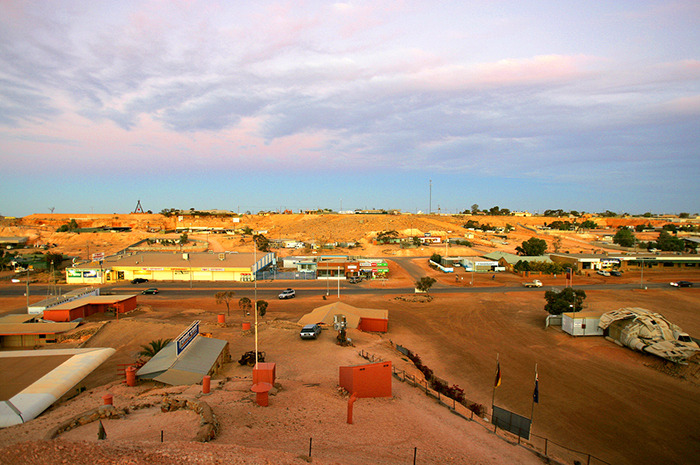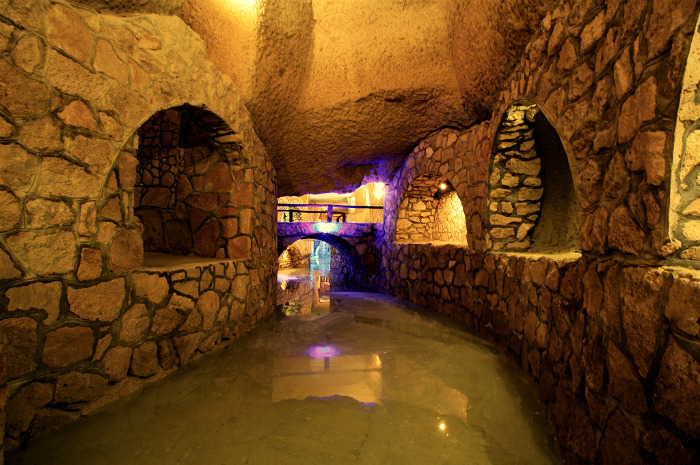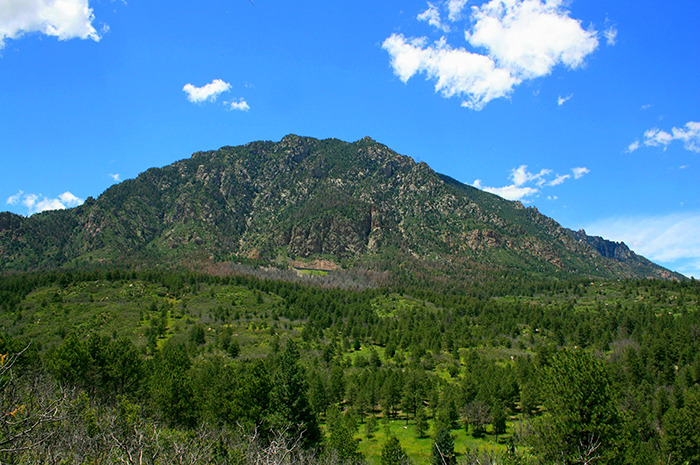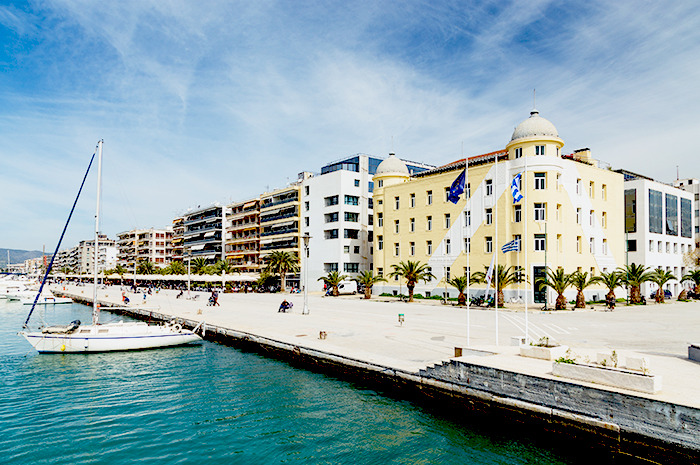Amazing Cities Hidden Right Beneath Your Feet
Amazing Cities Hidden Right Beneath Your Feet
Architects in modern times design buildings that reach for the stars. However, back in ancient times people were constructing downwards, creating entire cities under the surface. Sometimes such places get buried after being abandoned and Mother Nature has taken over, only to be discovered centuries later.
The Barry Troglodyte Village, France
The village of caves and stone buildings is located on a forested hill that overlooks the Rhône valley in the northwestern-most corner of the Vaucluse. It is an ancient troglodyte village that's very picturesque and historically interesting because it was inhabited continuously from the Neolithic until the early 20th century, according to Provence & Beyond.
The Edinburgh Vaults, Scotland
Also called South Bridge Vaults, they are a series of chambers formed in the 19 arches of the iconic South Bridge in Edinburgh. It was built to link the Old Town's High Street with the University buildings on the south side of the city, according to Historic UK. The city spans seven big hills. Only two of these high points are visible in the city center today – Castle Hill, atop which sits Edinburgh Castle, and Calton Hill.
The Paris Underground, France
The City of Lights sits above over 200 miles of tunnels. Some are even some lined to the ceiling with skulls and bones. The city was way too overcrowded by the 17th century and the solution to overflowing cemeteries was to bury the corpses in the tunnels that have existed since the 13th century, according to Smithsonian Magazine. About 7 million bodies were moved into the catacombs. The oldest date back to 1,200 years ago.
Moose Jaw, Saskatchewan
The tunnels under the city's downtown are a year-round award-winning tourist attraction. You can get a clue of what Al Capone's bootlegging days in the Chicago were like during one tour or experience first-hand the hardships of early Chinese immigrants during another.
Wiltshire's Cold War City, England
Burlington Bunker used to be an emergency relocations site for the British government in case there was a nuclear strike after World War Two. The site has been abandoned since the 1980s. The underground "city" was one of the ministry of defense's best kept secrets. No member of the public has ever seen inside.
Beijing’s Underground City, China
The tunnels, which are 26 feet below the ground, were a public safety measure designed to give locals the ability to flee if the Russian army had invaded China during the cold war, according to China Highlights. The tunnel network is huge – about 53 square miles. The subterranean city is also known as the "Underground Great Wall" for its vastness and military purpose.
Cappadocia, Turkey
Cappadocia is a semi-arid region in central Turkey that is most famous for odd rock formations clustered in Monks Valley. Tourists go to explore Bronze Age homes carved into valley walls by cave dwellers and later used as refuges by early Christians. There are many cave hotels you can stay in. Popular choices are Kısmet Cave House in Göreme, known for its colorful rooms, Serinn House, a small cave inn, and Cappadocia Cave Suites with folk and handicraft items as décor.
Seattle Underground, Washington
You may not know it but there is a lot to see under the city's Pioneer Square neighborhood. Shops, bars, and hotels from Seattle's earliest years lay abandoned below. In 1889, a fire raged through the fledgling city, razing much of the wood buildings in the business district; little survived the flames that destroyed 31 blocks, according to Atlas Obscura.
SubTropolis in Kansas City, Missouri
About a thousand people worked in the SubTropolis, an industrial park located in an enormous excavated mine which is as bag is 140 football fields. It opened in 1964 and lured tenants low energy costs and cheap rents, according to Bloomberg. The walls are carved out of 270-million-year-old limestone deposits and help keep humidity low and temperatures at a constant 68 degrees. Rents run about $2.25 per square foot.
Setenil de las Bodegas, Spain
This may be one of the most unique places you will ever visit. The 3,000 local residents live literally under a rock. The tiny town grew out of a network of caves in the cliffs above the Rio Trejo, north-west of Ronda. The blinding white houses look like they emerge from the rocks, and some have rock roofs and even olive groves on their roofs.
Derinkuyu, Turkey
The underground city is one of five inter-connected complexes beneath the surface with a total estimated capacity of 100,000 people. Derinkuyu is the deepest in the historical Cappadocia region – about 280 feet. There are about 600 outside doors to the city, hidden in the courtyards of surface dwellings, according to Turkish Heritage Travel.
Lost Underground City, Giza Plateau
The ancient city of Memphis (modern-day Giza) is filled with subterranean passageways, shafts, a cavern system and chambers which hold in their walls, thousands of years' worth of history. But Egyptian authorities are not revealing what is found beneath, like many other discoveries made throughout the years in Egypt, according to Ancient Code. A huge complex of caves, chambers and tunnels may lie beneath the Pyramids of Giza, a British explorer claims.
Wieliczka Salt Mine, Poland
The mine is more than 700 years old; it is the country's oldest business venture. You can take the tourist, the miners' or the pilgrims' route. It has been a UNESCO World Heritage Site since 1978. The "Mysteries" tour is one of the hardest, physically speaking. The mine is sometimes a venue for shows, exhibitions and theatre performances. Movies have even been shot there.
Coober Pedy, Australia
The mining town is one of the most unique places in all of Australia. It's often referred to as the country's underground town because 80 percent of the people live as a subterranean community, largely to stay out of the summer's 120-degree temperatures. The town is one of the hottest places on Earth.
Kish Underground, Iran
The resort island of Kish is a popular tourist destination. Its most famous attraction is the huge subterranean city covering an area of six square miles, constructed from its ancient underground aqueduct, or kariz. The kariz of Kish is said to have been built about 2,500 years ago, according to Ancient Origins. This structure was built to collect, purify, and store water for the inhabitants of the island, and it was essential for their survival.
Cheyenne Mountain Complex, Cheyenne Mountain
The Combat Operations Center is deep inside Cheyenne Mountain near Colorado Springs. The Cheyenne Mountain Complex is a self-contained and sufficient town hidden under the Rockies. It was meant to be impervious to a Soviet nuclear barrage. It was where the North American Aerospace Command (NORAD) was based. It was shut over a decade ago but reopened in 2015.
Vlochos, Greece
Some media reports say that the 2,500-year-old lost city of Vlochos was discovered about a year ago, but archeologists working on the Vlochos Archaeological Project (VLAP) say the city, which is 190 miles north of Athens, has been known for more than 200 years. Remains of towers, walls and city gates on the summit and slopes of the hill were uncovered. Experts have also found ancient pottery and coins dating back to 500 BC.
Bunker Palace, Las Vegas
You can stay in a bunker 26 feet beneath Las Vegas if you are worried of a nuclear war, for example. The huge, 15,200-square-foot complex is on sale for $1.7 million, according to Architizer. On street level you see a regular two-story home, but the basement is an actual house with a lawn, landscaping, fake trees, hot tubs, a barbecue, a putting green, and a 360-degree mural of "outside" imagery.
